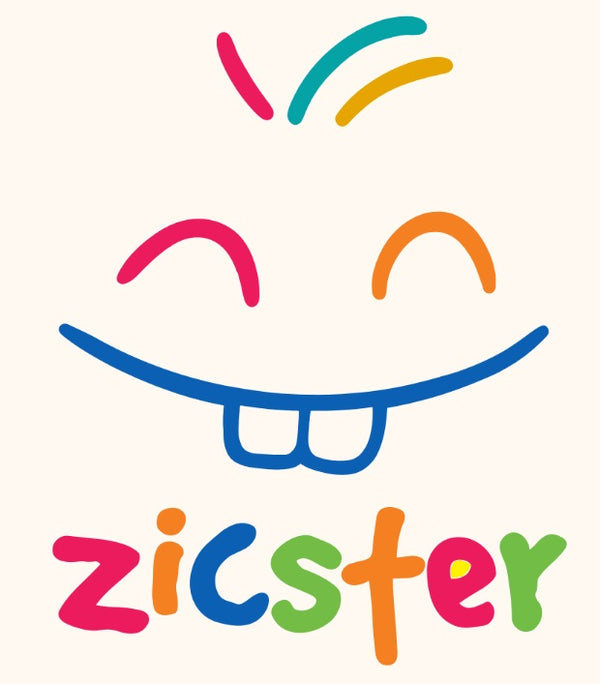Kindergarten is often a child's first structured introduction to learning — but don’t be fooled by the blocks and finger puppets scattered across the floor. These aren’t mere distractions. They're powerful tools. Toys help learning and development in kindergarten by transforming classrooms into playful arenas where critical thinking, emotional growth, and communication skills thrive.
Children at this age learn best by doing, and toys provide them with hands-on opportunities to explore, experiment, and discover. From puzzles that challenge logic to dolls that open the door to empathy, toys are silent teachers—encouraging active participation in the learning process.
The Role of Toys in Early Childhood Education
Imagine a classroom without toys. It would be a space devoid of color, imagination, and opportunities for kinesthetic learning. In early education, toys are not optional—they are fundamental instructional tools. They're not only used to entertain but to teach numeracy, literacy, motor skills, and social norms.
Kindergarten curricula across the globe are increasingly embracing play-based learning philosophies, rooted in developmental psychology. Influential educators like Maria Montessori and Jean Piaget long championed the idea that children "learn by doing." Toys are the bridge between abstract concepts and tangible understanding.
Play is not idle time; it’s intellectual labor disguised as fun. When children play, they engage in experimentation, make hypotheses, solve problems, and adapt strategies—all core scientific methods.
1. Motor Skill Development
Toys such as building blocks, lacing beads, or stacking rings develop fine motor skills, crucial for writing, cutting, and other daily activities. On the other hand, ride-on toys, climbing structures, and large foam blocks engage gross motor skills, promoting strength, coordination, and spatial awareness.
These toys don't just prepare children for academics; they prepare them for life—buttoning coats, tying shoes, or even learning how to use tools.

2. Social Interaction Through Play
Kindergarten is where children begin to grasp the rules of society. Social toys, like board games and role-play costumes, introduce key life lessons: waiting your turn, sharing, compromising, and leading. Cooperative play fosters empathy, a quality central to both personal and academic success.
3. Imagination and Creativity
Give a child a cardboard box, and it becomes a spaceship. Toys like dolls, kitchen sets, and dress-up costumes fuel imaginative play, allowing children to create scenarios and explore alternative realities. This boosts cognitive flexibility, a key predictor of innovation later in life.
4. Emotional Development Through Role Play
When a child plays doctor, they aren’t just imagining—they’re processing. Role play allows children to take on different personas, which builds emotional intelligence. It also creates a safe space for kids to express and manage their emotions.
For example, a child who’s afraid of shots might "give" shots to a doll, gaining confidence through role reversal.

5. Problem-Solving and Critical Thinking
Whether it’s figuring out a puzzle or building a tower that won’t topple, toys present kids with problems to solve. These activities build resilience, strategic thinking, and the ability to fail forward—a lesson even some adults struggle to learn.
6. Cause and Effect
Interactive toys that respond to input—like pushing a button to make a sound—teach cause and effect. These experiences are fundamental to logical thinking and set the groundwork for scientific inquiry.
A toy train that moves when a lever is flipped shows children they can influence the world around them—an empowering realization that encourages curiosity and experimentation.
7. Sensory Development
Sensory bins, textured balls, musical instruments—all provide multi-sensory experiences that fine-tune perception. Tactile, visual, and auditory toys help integrate the senses, essential for balanced development.
Especially for children with sensory processing challenges, these toys serve as both therapy and entertainment, nurturing focus and calming anxiety.
8. Outdoor Toys and Physical Development
Outdoor play builds endurance, coordination, and spatial awareness. Tricycles, balls, and climbing structures aren’t just for fun—they support physical health and teamwork.
They also offer a break from screen time and boost mental well-being through nature exposure.
9. Self-Confidence Through Mastery
Completing a puzzle. Building a tall tower. Winning a simple game. These wins, though small to us, are huge milestones for children. They build confidence, autonomy, and a love for learning.
Toys that offer achievable challenges instill the belief that “I can do this,” which translates to every area of life.
10. Cultural Toys for Global Awareness
Dolls in traditional dress, bilingual talking toys, and multicultural puzzles introduce children to diverse cultures and perspectives. In an increasingly global society, early exposure to different customs and languages fosters inclusivity and respect.


